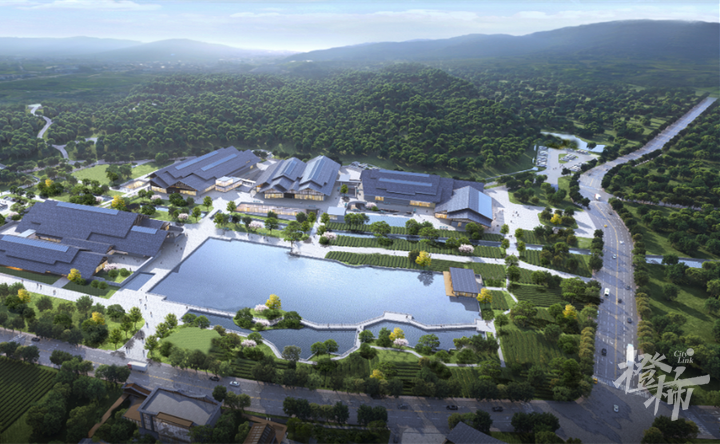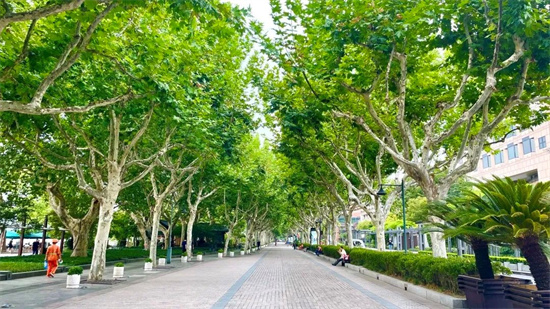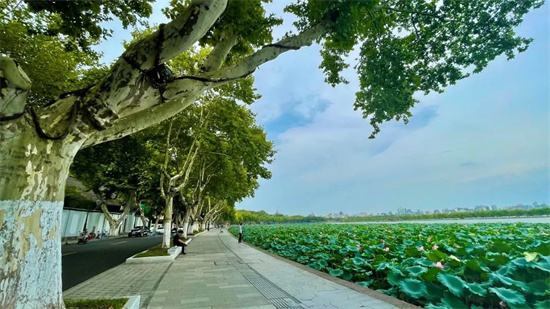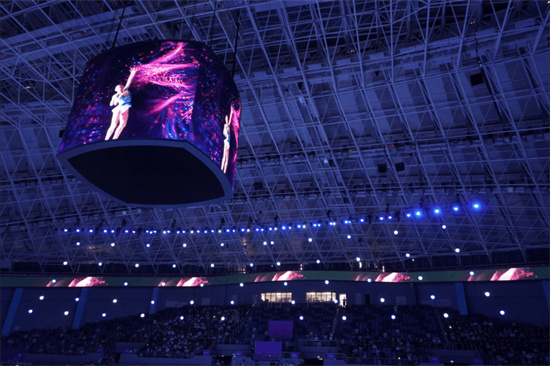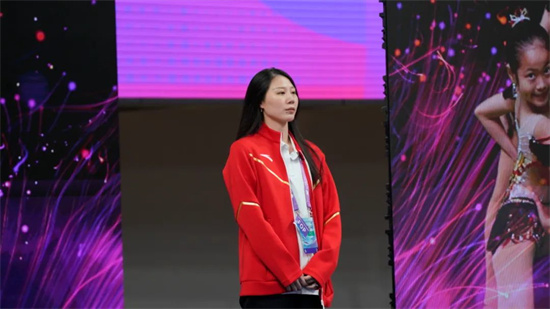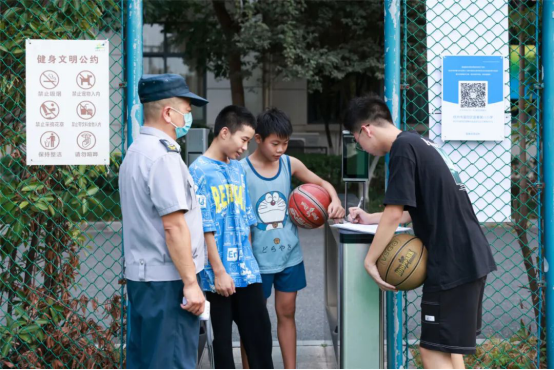
The new semester is coming. The sports venues of primary and secondary schools in Hangzhou will continue to be open to the public in the new semester! However, on the basis of ensuring daily education and teaching, there will be some changes in the requirements for entering the schools.

During the process of promoting the opening of sports venues, the primary and secondary schools in Hangzhou provide various considerate services. Some are equipped with air-conditioned lounges and special toilets; some assign social sports instructors to professionally guide sports essentials; some set up sports equipment self-service area, air cooler, etc.; some launch the offline and online models in order to be convenient for citizens to make reservations.
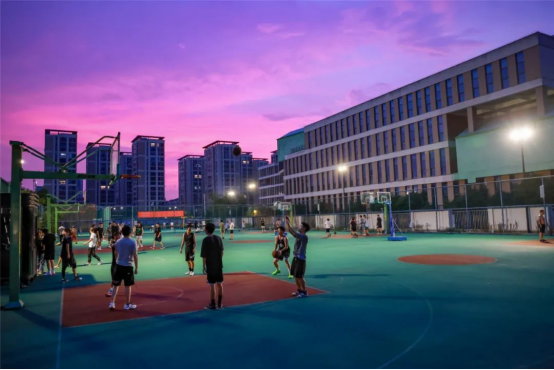
At that time, the sports venues of 828 primary and secondary schools will be open to the public, including 267 indoor stadiums. For the opening of such venues during the teaching period, it is required to pay attention to the following requirements:
1. Teachers and students must provide the nucleic acid test reports within 48 hours when they arrive at the school.
2. When citizens enter the school for sports fitness in the first week after the new semester, they need to show the nucleic acid test reports within 48 hours, scan the school site QR code and present it. The future requirements for entering the school will be dynamically adjusted according to the situation of pandemic prevention and control, as well as the related regulations.
Under the background of the normalized prevention and control of the pandemic, in order to ensure the safe and stable start of the new semester for teachers and students, the steps such as temperature measurement and QR code display are indispensable when the sports venue of the campus is open to the public. Please give the understanding, support and cooperation, to jointly create the good and orderly fitness atmosphere.





